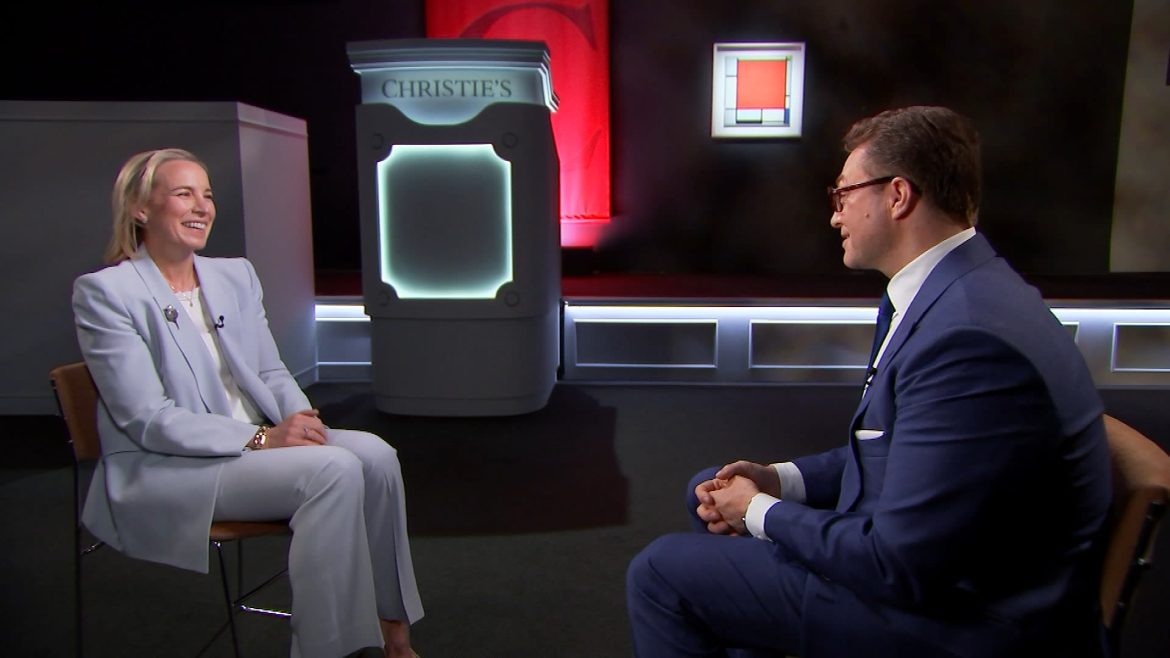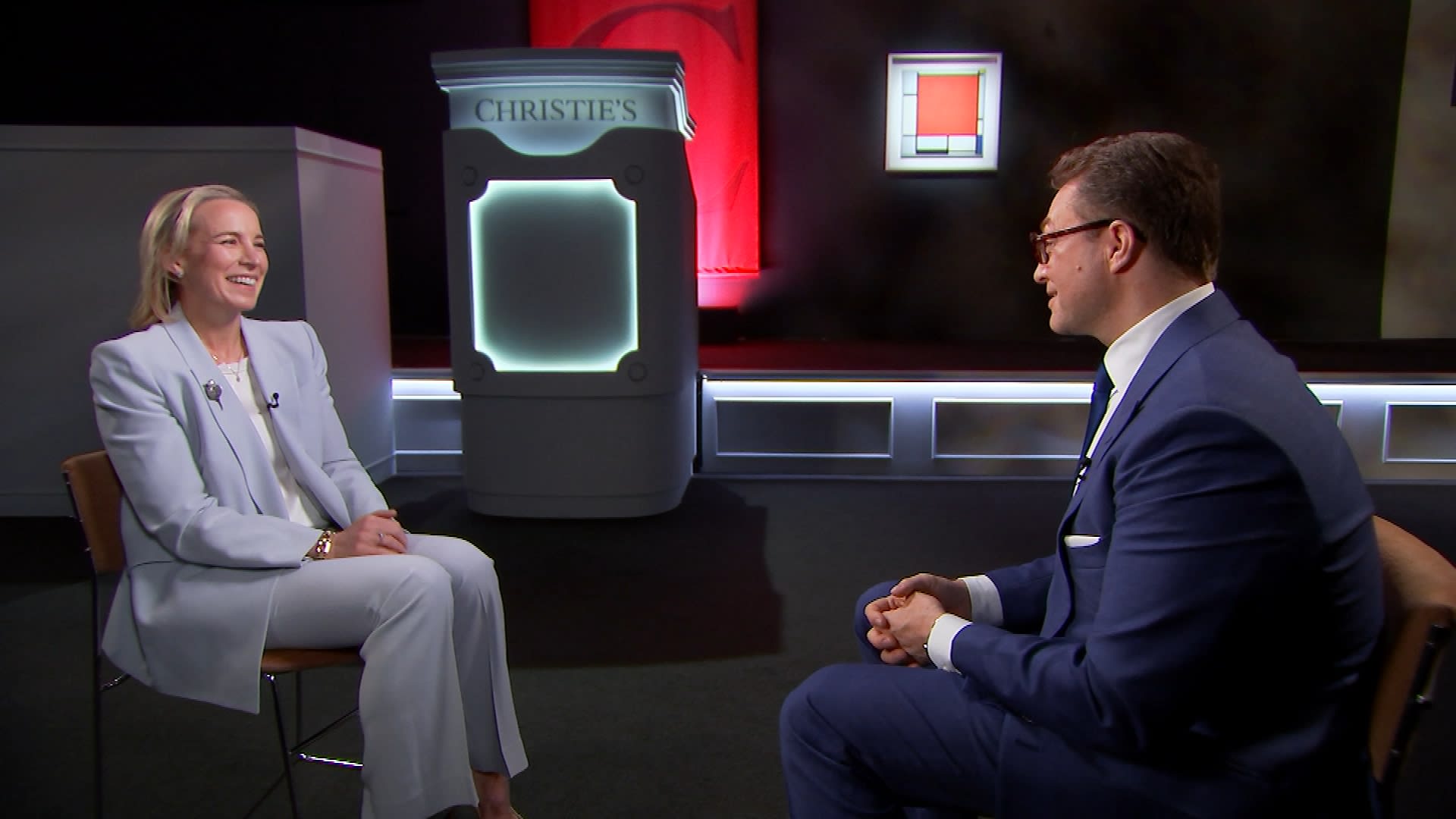The Art Market: A Haven for Diversification and Volatility
The art market has long been a subject of intrigue for investors, particularly those seeking to diversify their portfolios amidst stock market volatility. The allure of art as an investment has grown significantly in recent years, with high-net-worth individuals (HNWIs) turning to fine art as an alternative to traditional assets like stocks and bonds. This shift is driven by several factors, including the potential for high returns, the tangible nature of art, and its ability to act as a hedge against economic uncertainty.
Art as a Diversification Tool
Art offers investors a unique opportunity to diversify their portfolios. In 2022, a collection of art owned by the late Microsoft co-founder Paul Allen sold for $1.5 billion at Christie’s New York, making it the most valuable art collection ever sold at auction. This sale underscores the potential for significant returns in the art market, which has historically outperformed bonds and, in some cases, even stocks over the long term.
The Art Basel and UBS Art Market Report 2025 by Arts Economics provides a comprehensive analysis of the art market, highlighting its complex dynamics. The report notes that the global art market totals nearly $70 billion, with returns in recent decades that outpace bonds. This growth has spawned new investors looking to make some money in the art world, attracted by the potential for high returns and the diversification benefits it offers.
Volatility and Risk
While the art market offers attractive returns, it is also characterized by high volatility. The average investment return on art over the long term is somewhere between that of stocks and bonds, but with higher volatility than stocks. This volatility is evident in the recent performance of major auction houses like Christie’s and Sotheby’s. For instance, Christie’s sold $3.2 billion in art during the first half of 2023, a 23% drop from the year before as sellers held onto more of their art trophies. This drop highlights the market’s sensitivity to economic conditions and investor sentiment.
The volatility in the art market is influenced by various factors, including macroeconomic conditions such as inflation and stock market performance. In times of economic uncertainty, investors often turn to real assets like art as a safe haven. This trend was evident during the COVID-19 pandemic, when a hedge fund legend who earned 4,144% during the crisis warned of a potential stock market crash, driving investors toward the art market as an escape from volatile stocks.
The Role of Auction Houses
Auction houses like Christie’s, Sotheby’s, and Phillips play a crucial role in the art market, facilitating the sale of high-value artworks and setting market trends. In 2025, these houses are offering 295 works at auction for a low-end estimate of $952 million combined, according to ArtTactic. This highlights the continued demand for art despite market volatility.
However, the art market is not without its challenges. Sotheby’s, for instance, has faced significant financial difficulties, pushing off payments and awaiting a financial lifeline from an Abu Dhabi fund. This situation underscores the financial risks associated with the art market, particularly for auction houses that are highly leveraged.
The Impact of NFTs and Digital Art
The rise of Non-Fungible Tokens (NFTs) has added a new dimension to the art market, offering a digital alternative to traditional art investments. NFT artwork had escaped most people’s awareness until last March when Christie’s sold Beeple’s “Everydays: The First 5000 Days,” a pastiche of digital art, for a record-breaking $69.3 million. This sale marked a significant milestone in the art world, demonstrating the potential for digital art to command high prices and attract new investors.
The Future of the Art Market
Despite the challenges and volatility, the art market remains an attractive option for investors. Christie’s CEO Steven Murphy talks to the WSJ about how the art world is bucking world economic trends, highlighting the resilience of the art market. The market’s ability to weather economic storms and offer high returns makes it an appealing investment option for HNWIs.
Conclusion: A Resilient and Dynamic Market
The art market offers investors a unique opportunity to diversify their portfolios and achieve high returns. Despite its volatility and the challenges faced by auction houses, the art market remains a resilient and dynamic investment option. As investors continue to seek alternatives to traditional assets, the art market is poised for growth, driven by its potential for high returns, diversification benefits, and the allure of owning tangible assets. The art market’s ability to weather economic storms and adapt to new trends, such as the rise of NFTs, ensures its continued relevance and attractiveness to investors.


